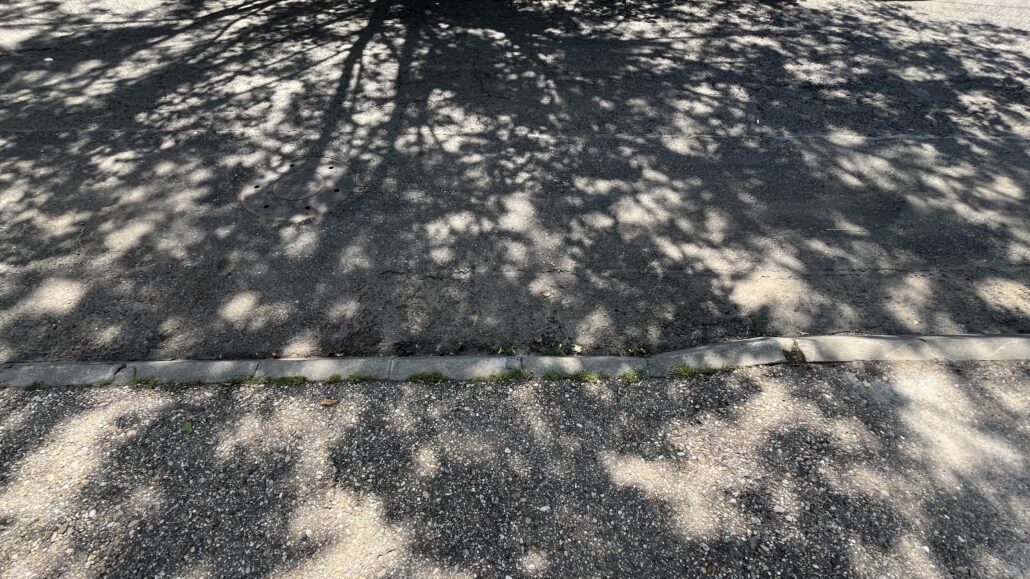Text and Photography: Cătălina Frâncu
The house I live in was built in 1929. My parents bought it in ’95, after selling a flat in Tineretului — and they even had money left over; houses without plumbing weren’t exactly in high demand back then. Two tall ash trees stood at the gate, their canopies so lush that, when seen from the courtyard, it felt as the limit of a forest — a woodpecker had made its home there and used to wake us all up before 7 in the morning. One of the trees vanished before I even started primary school.
Three years ago, I wrote to the local council about the other one:
“Hello, I’m writing to ask for help — the tree is spreading over the roof, and I’d like to find a way to contain it so it doesn’t do damage.”
Two years later, after some back-and-forth between the environmental department and the council, I received — “for your information” — a document recommending felling, citing a hollow in the trunk and the cables running through the crown.
From the beginning, the ash tree provided shade to the front room, keeping it cool in summer — the “cold room,” as in the countryside, where people retreat at midday to catch their breath after working the land. Other homes in Bucharest have wooden or iron frames above their tin roofs, allowing grapevines to climb — serving the same cooling purpose. The apartment blocks of Drumul Taberei are flanked by lime trees, plane trees, poplars, chestnuts…
Images showing leafy streets next to bare ones — with the respective surface temperatures written on them — now appear in every conversation about climate change, and the temperature difference can reach 20°C.
Yesterday, at the Cotroceni Bazaar, landscape architect Diana Culescu told us that many of Bucharest’s urban trees have life expectancies of over 300–400 years. The ones planted in the interwar period are only a third of the way through their lives, and yet talk of cutting them down has already begun. Why? Partly, as Diana explained, due to a legislative loophole that leaves the individual, rather than the institution that authorises the removal or preservation of a tree, legally liable in case of an accident. And partly because we lack a culture of public tree care: when utility works are carried out, tree roots aren’t avoided — they’re cut to make room for pipes, rendering the trees unstable and prone to disease. “What you see in the crown is a mirror of what’s underground,” says Diana Culescu.
In the place of tall, mature trees, dwarf species are planted — ones with broad leaves that will never grow large enough to shade a house. These are the “safe” trees, which won’t grow taller than a basketball player, and when you walk beneath their branches, you have to duck to avoid getting smacked in the face.
A young tree can be ill. But you’ll never really know — not as long as officials keep issuing felling permits out of fear of being sued.


